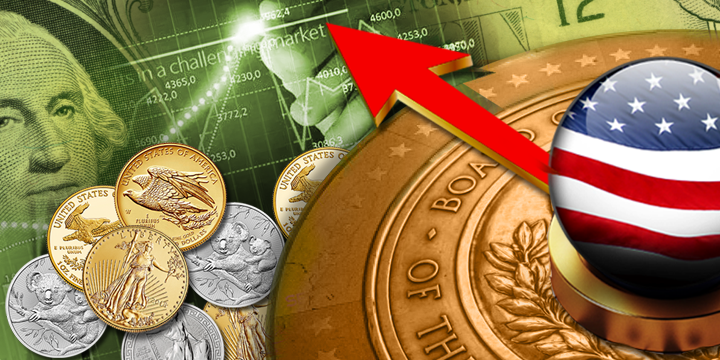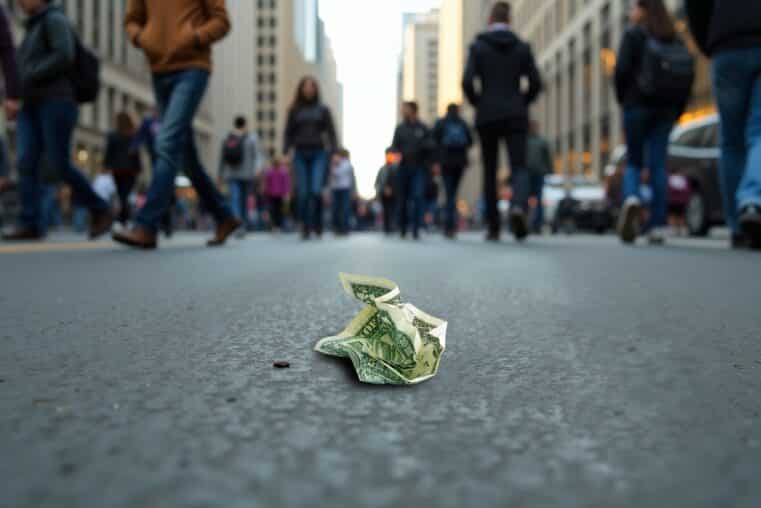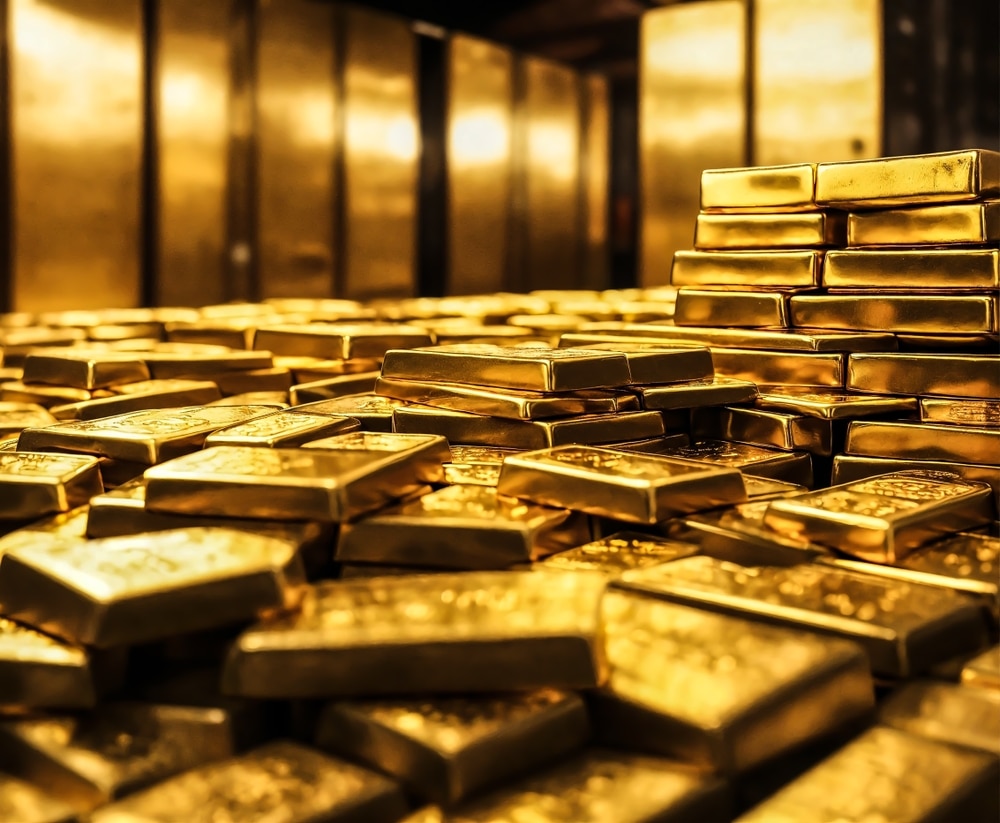
The Fed Has No Resources Left to Stop the Next Recession
The title says it all, and it doesn’t say anything new. How long have we heard pundits claiming that “the Fed may be out of bullets having used them all up during its decade-long QE experiment”?
So, when the next recession comes, the Fed’s depleted resources may not be adequate to save the markets yet again, contrary to investor expectations.
History has shown that it takes approximately 3-5% percentage points to lift the US economy out of a recession.
The Fed’s target rate is at 1.75%. The Fed can’t possibly cut rates by 3% to 5% down from the current rate.
What about negative rates? As Japan, the EU, and Sweden have shown, negative rates do very little to stimulate an economy.
In case you are unfamiliar with the concept of negative rates, they essentially punish you for stashing money away in savings.
If you don’t “lose” your money by spending it, you end up losing money by paying interest on the money you save.
This strategy is predicated on the economic misconception that an economy generates wealth by spending, and not saving.
Interestingly, however, negative rates have the opposite effect. People end up saving more as they lose money to interest payments. The less money they have, the more they need to save.
This reverse tendency is particularly present among those nearing retirement, as they need to save more than people just entering the workforce.
The main point, however, is that if a recession hits tomorrow, QE4 would be an impossibility.
After all, we’re still dealing with the mess created by QE’s 2 and 3, in which the Fed’s balance sheet grew from $800 Billion to $4.4 Trillion, adding$3.6 Trillion worth of new money into the system,
Low long-term interest rates encouraged Americans to take on greater risk, investing in stocks and real-estate.
This would push asset prices up, creating the illusion of wealth among Americans holding these assets.
Not only would this rise in wealth encourage more spending, it would also encourage more lending and borrowing.
The wealth effect didn’t work. However, it did achieve a rise in asset prices. And now it looks like we have another bubble.
When this bubble bursts, the Fed may not be prepared to counter the ensuing crash or recession. But this doesn’t mean that you can’t.
Now is the time to take drastic steps toward reducing your risk exposures, particularly stocks.
Begin by steering your portfolio toward safer assets, holding some cash, and allocating at least 20% to 30% to physical gold and silver.
These should provide you with adequate insurance against a market crash or a recession. Your only other option is to remain vulnerable, which, as you might agree, is unacceptable.











